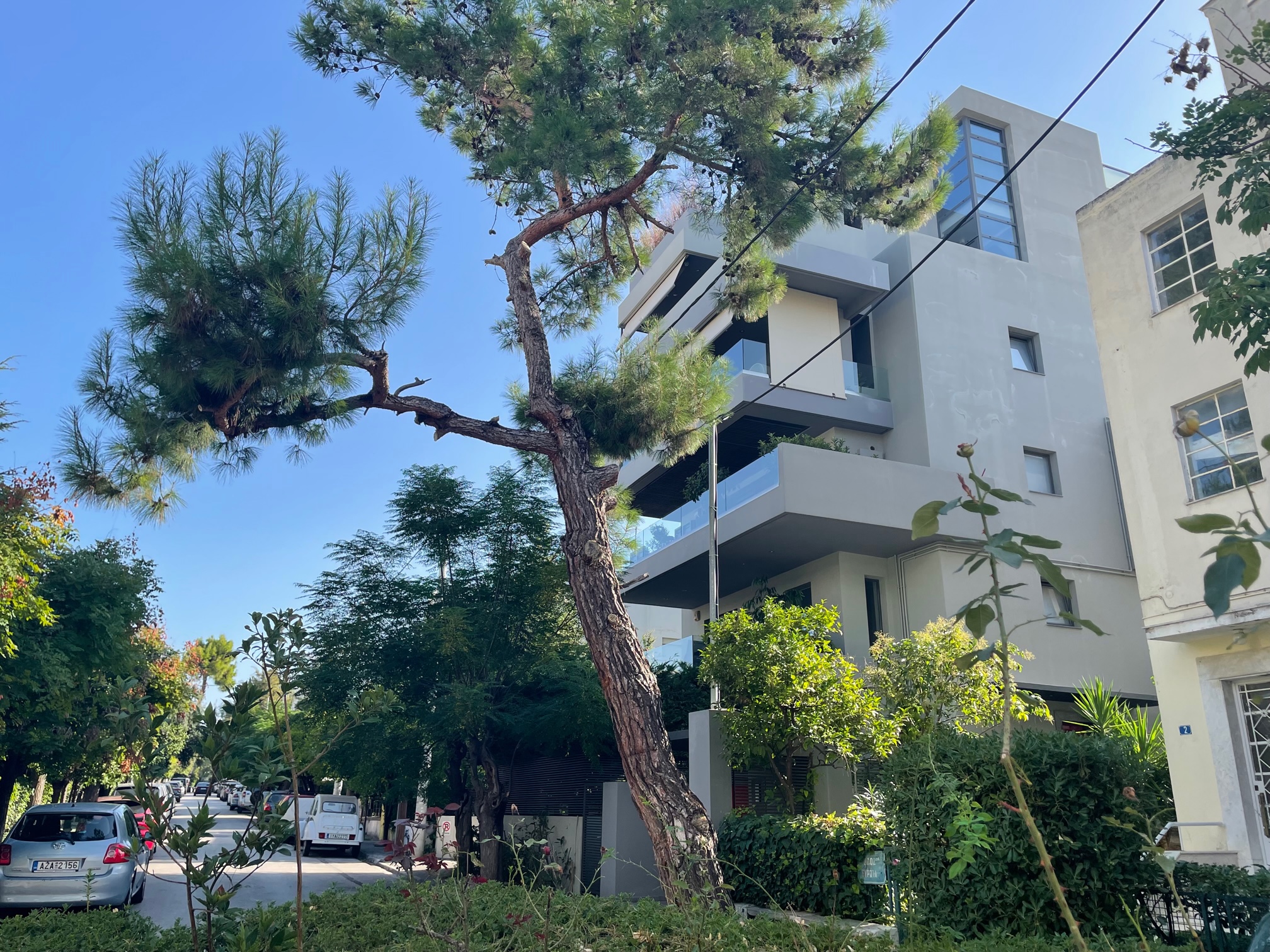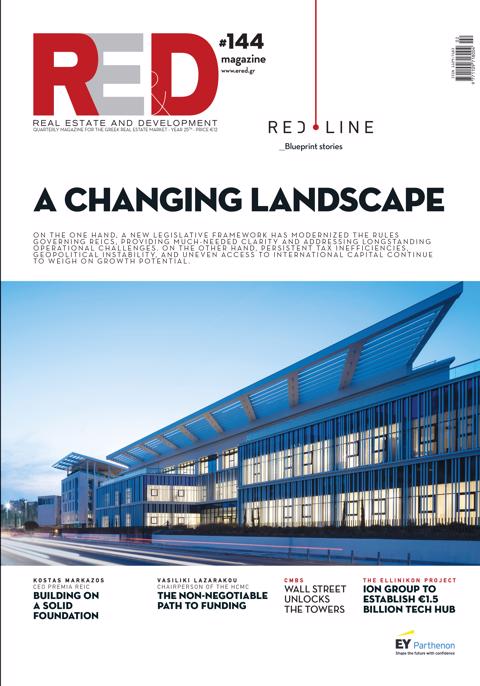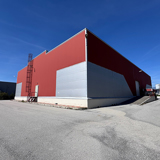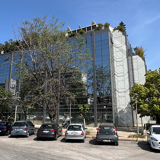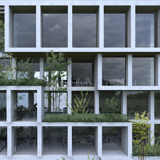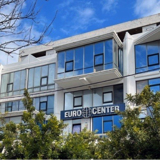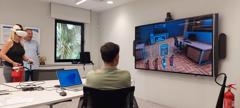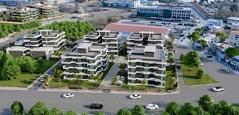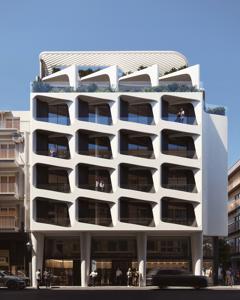However, in an era where daily life is increasingly shaped by economic and environmental pressures, affordability can no longer be measured solely by the purchase price. The new approach, which we may call “Affordable Housing 2.0,” focuses not on the cheapest home, but on the home that costs less to live in.
Affordable Housing 2.0 introduces a holistic perspective: the true cost of living in a home is determined not only by its purchase or rental price, but by the total expenses associated with life within it — energy, maintenance, transportation, and even the health and well-being of its occupants. A home built with intelligent energy management, sustainable materials, and efficiency-enhancing technologies may have a higher initial cost, yet can offer significantly lower overall living expenses in the long term.
Advances in technology and architecture now make this possible. The use of photovoltaics, heat pumps, and “smart” energy management systems transforms a residence into an adaptive organism that responds to the needs of its occupants while reducing dependence on external energy sources. At the same time, new construction materials, such as bioclimatic panels and naturally derived insulation, reduce heat loss and increase the longevity of buildings.
Responsibility, however, does not rest solely with technology. Affordable Housing 2.0 requires responsible design and long-term planning. Urban planning, public policy, and consumer mindsets must shift toward solutions that support sustainable daily living. The location of a home, access to public transportation and services, and the quality of the surrounding environment — all contribute to the overall “cost of living” experienced by a resident.
As the challenges of our time — from the climate crisis to rising living costs — intensify, Affordable Housing 2.0 is not merely an option but a necessity. The home of the future will be measured not only in square meters or euros, but in life value. This transition may prove to be the most important step toward a just and sustainable society.
